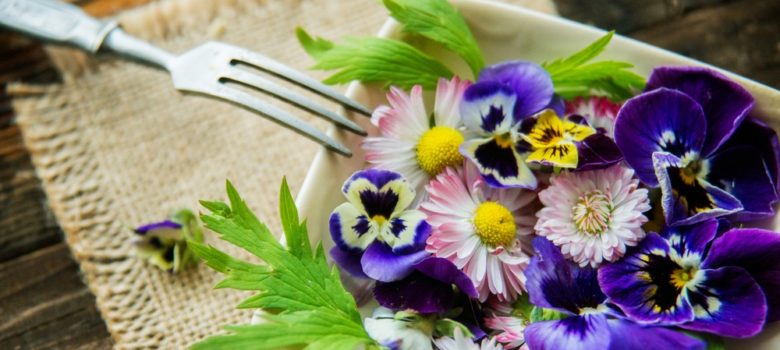
The way we eat has been changing a lot lately. We’re more concious than ever of what we put into our food, how we consider our diets, and the affect that we have on the wider environment. One thing we haven’t grown out of is wanting food that looks as good as it tastes, and that’s where edible flowers come in. They’re a fun way to incorporate natural ingredients into your food, while creating something that your instagram would be proud of.
Creating an Edible Flower Garden: The Basics
It’s important to choose the right spot for your edible flower garden. If you’re planning on planting them in a backyard then consider a contained or raised flowerbed so that you can best observe your growth. Alternatively, window boxes are an option, though if you go down that route then be careful not to overcrowd the limited space in the box.
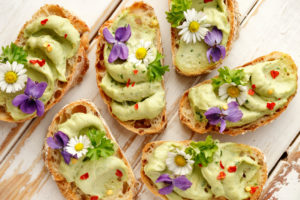
Wherever you decide to place your edible flower garden, it’s important to ensure that it can get at least 6 hours of sun a day and will be at least somewhat sheltered in extreme weather.
Edible Flower Garden Flowers
Calendula/marigolds: Sunny and sweet, calendulas are easy to grow and come in some lovely, vivid colours so they (giving them the “marigold” name. Make sure to remove the seeds and only use the petals.
Courgette flowers: Often forgotten as a by-product of courgettes, courgette flowers can be wonderful when eaten and are actually pretty popular in Mexican cooking. They’re fantastic for stuffing and frying. It’s not just courgettes either, any flowering squash flower can be used this way.
Nasturtiums: These sort of trumpety looking flowers add a lovely peppery taste and the entire plant is edible, including the petals, leaves and seeds. They tend to come in lovely oranges, reds and yellows.

Pansies/violas: Pansies add vivid colour to a dish, but their taste is more muted, with slightly minty notes. They’re perfect for decorating baked goods and confectionery. They’re also sometimes called “heartease” since they’re supposedly good for a broken heart. We think any kind of flower-topped cake is good for heartbreak, so we’ll support that.
Dandelion: Getting rid of dandelions is a pain, and we wouldn’t recommend you adding them intentionally to your edible flower garden since they tend to take over. That said, dandelion are beautifully sweet when you pick them young (but do avoid the older blooms, which become bitter).
There are masses more options, but these are some of the big hitters and edible flowers that you are likly familiar with already.
Things to remember:
- If you’re foraging your edible flowers, make completely sure that you’ve identified the flower before eating it! That’s why we recommend sourcing your edible flower garden seeds and plants from a trusted source, like a garden centre or local grower.
- Unless specified otherwise, it’s a good idea for most edible flowers to stick to the petals. The seeds can be bitter and berries can be poisoning, even if the flower isn’t (such as with honeysuckle).
- Wherever your flowers come from, it’s important to ensure that you thoroughly wash them thoroughly, for obvious reasons.
Think we missed something? Do you have a different opinion?
Comment below to get your voice heard…




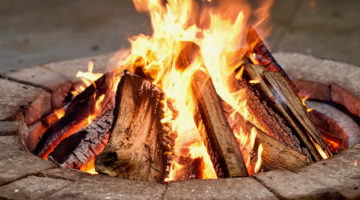
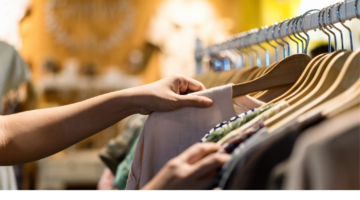
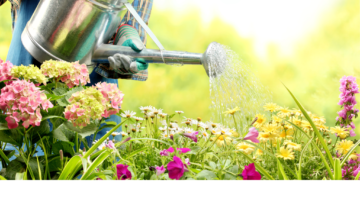





No Comments yet! Be the first one.